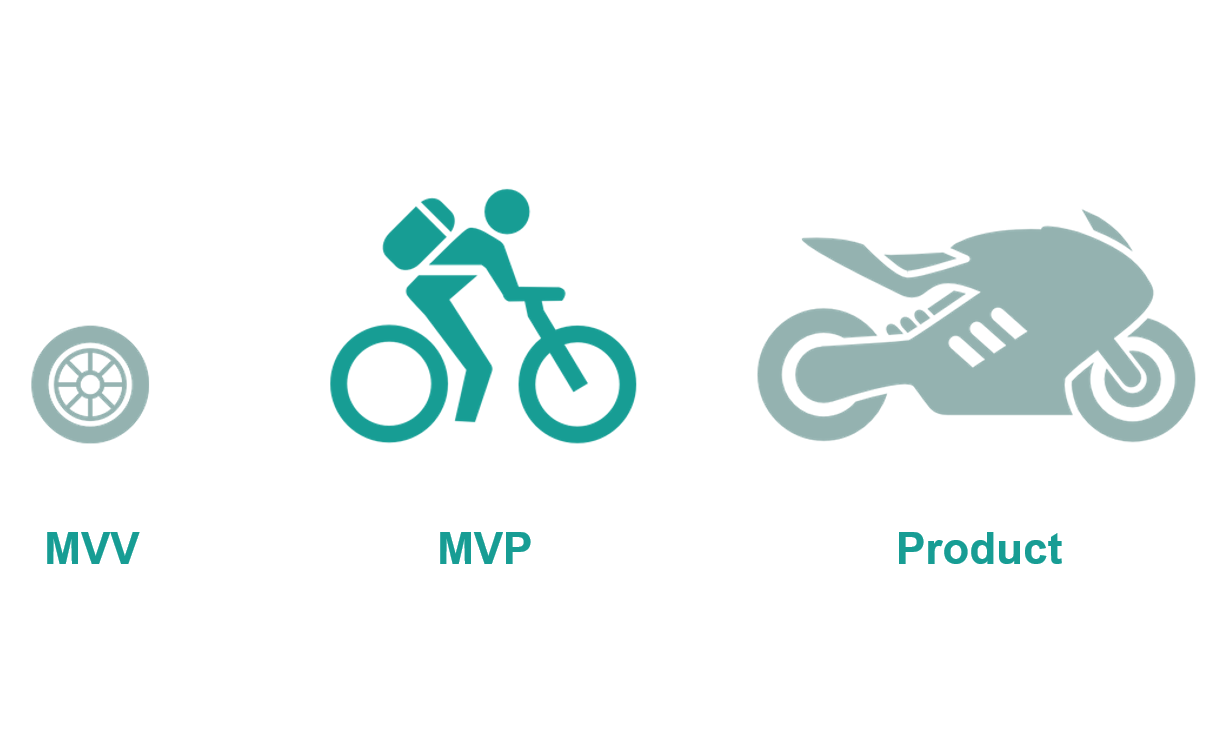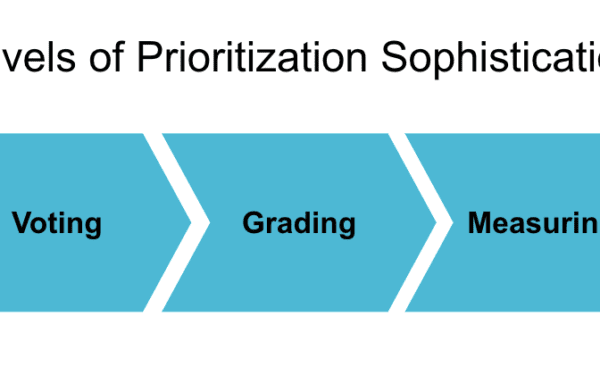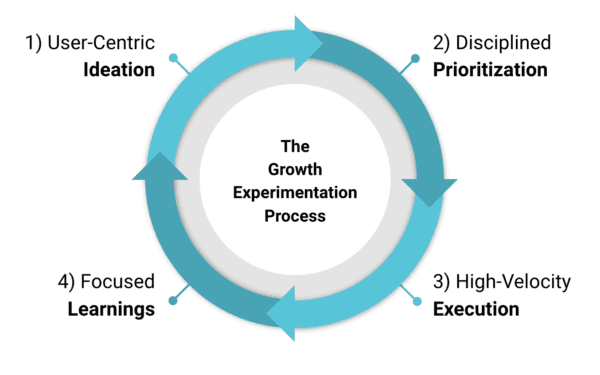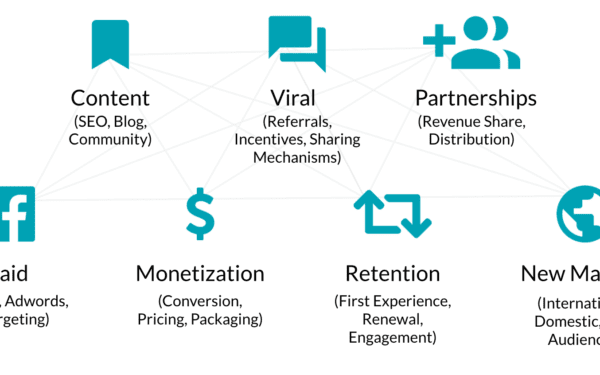Minimum Viable What?
If you’ve ever worked at a tech company you have probably heard the term MVP, or “Minimum Viable Product”. If you haven’t, you may be thinking that I am sports illiterate, but MVP basically means a first pass at making or doing something.
Here is my beef with “MVP” – it is a contradiction – a Viable Product is not a Minimum solution to a problem to begin with, it’s a product.
To build a product or do something you should have some confidence and reason to do it. You wouldn’t invest a million dollars and spend a bunch of time making say an automatic laundry-folder unless you were pretty damn sure people were going to use it now would you? Maybe you would, I mean hell.. I would help you make that, it sounds great.
C is for “Confidence”
It’s a tradeoff – how much confidence do you need to be able to make a decision? It really just depends on how much potential payoff you think you could get relative to the effort it would take to figure it out. That’s that ROI.
At the end of the day, what you are trying to validate with a MVP is the VALUE to current or potential users right? So by thinking that there needs to be a product, you have already over-solutioned.
In fact, there are many examples in the past few years of entrepreneurs that have very successfully disproven the need for a product at all, take for instance most kickstarter campaigns or the 500k person Tesla Model 3 preorder waitlist.
Today you don’t need a product to sell a product, and you certainly don’t need one to validate the value or even the potential impact of an idea.
Act As If
Ah yes, the classic self-help motto “act as if” or “fake it ’till you make it’. But here is the twist, you actually CAN just fake it. Make stuff up, fake it, don’t be dishonest or anything, or do but don’t get caught, doesn’t matter to me. But if you have to cut some corners to figure out where to invest your time and resources, DO IT.
In Silicon Valley it is the wild west of stuff that doesn’t actually exist currently or even come to fruition. Kickstarter campaigns aside, you can simply throw up a nice looking landing page along with a product idea and get funding with no actual MVP product.
There are countless examples of products that promise that they are running some “complex matching algorithm” and literally they actually are just outsourcing to some people they hired in the Philippines to do some manual process that mimics the results.
Because, well, who cares? We can make the algorithm later.
Why is This Difficult for Humans?
Guys, let’s give credit where credit is due, it is no one’s fault that we over-complicate our solutions to problems. We do it ALL the time! We are after all, only humans; we think, we analyze, we have opinions and all sorts of prior experiences that shape how we make decisions.
The problem with the way our brains are conditioned to think is that we always practice newly learned concepts by applying them to real-world, tangible problems. And by doing so we anchor ourselves, and limit our brain’s thinking capabilities to what is real and known.
So it follows, that it is very difficult for us to think about “fake” scenarios, things that aren’t real and might never be.
We ought to be doing more thinking in the abstract space when we are problem-solving. More thinking about the overall principles of the problem we are trying to solve, and that will actually help you approach it through a simpler frame.
When we think about specifics, well, things get specific, and that is just complex and too much effort.
What Would Elon Musk Do?
A question I find myself pondering for days on end, as you no doubt do as well.
Elon is what you call a “Visionary Entrepreneur”, he thinks based on principles, not real situations.
When you are testing an idea or trying to prove if something can or can’t be done, the key is to remember that you are in fact “testing” it. If the way in which you are testing something is at all close to resembling what you would want to do long term, well then you didn’t test it, you in fact just did it.
People often ask me “how would we do that though?” when I am testing an idea that is difficult to tie back to the current “real” situation. However, this is the wrong question to ask. The question to ask is “what COULD we do?”.
Notice the difference.
In the first question you are rushing to the conclusion that we are going to take a specific action – you see, you have already solutioned before we have even gotten results! When we get results, the next step is to ask what we could do to achieve those results given how motivated or unmotivated we are by them.
The difference is that we are proving out principles, not a specific solution. When you free your mind to think in this way, you open up creativity and the ability to innovate in alignment with the natural problem solving process.
In my next post I will talk about the thinking process to go through when approaching a problem. You can identify the underlying principle you are seeking to understand so that you can focus in your testing on it.



